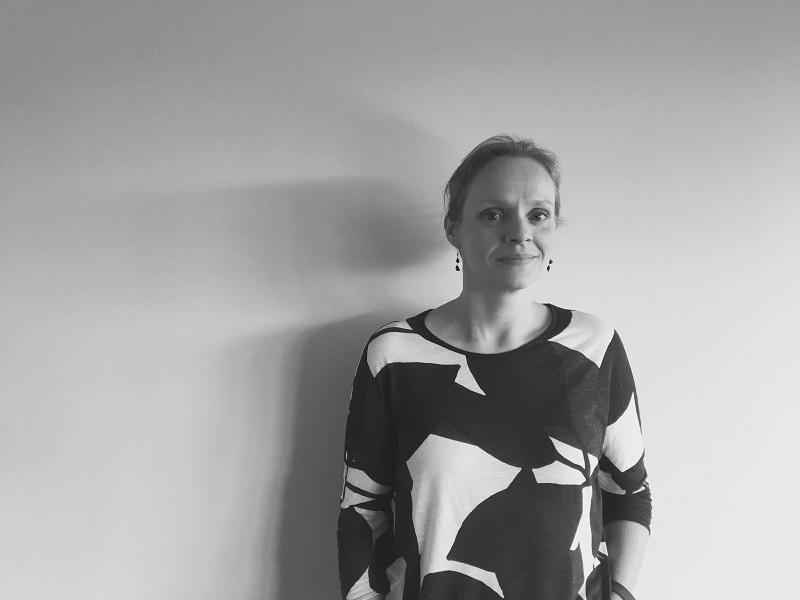
What about wellbeing?
BEFS Policy and Strategy Manager reflects on the recent National Lottery Heritage Fund event and opportunities and challenges of the wellbeing agenda for heritage.

You may have stumbled across Nicola Sturgeon’s recent TED talk. You might have read the revamped National Performance Framework outcomes; examined the UN-Sustainable Development Goals, or you’ve perhaps looked at (and maybe even completed) the recent HES survey on wellbeing and heritage. However you’ve approached the topic, you will be aware that wellbeing is at the forefront of the national (and international) consciousness.
This week the National Lottery Heritage Fund (NLHF) held an Inclusion and Wellbeing workshop at Glasgow Women’s Library with a range of sector stakeholders and colleagues from the wider charitable and health sectors.
We’re all aware of the now mandatory outcome, that projects applying to NLHF involve a wider range of people with heritage (outcome 1).
However, over the course of their strategic framework there will increasingly be a focus on wellbeing [outcome 6], capacity-building and innovation (both nationally and internationally), amongst others. This focus will result in a NLHF Campaign on Wellbeing and Inclusion in Spring 2020.
This does not equate to a new funding stream – now the streams are simplified, and by amount of money, rather than by project focus – but it does demonstrate the importance placed by NLHF on wellbeing. The full NLHF outcome can be read below:
- If your project is a success, individuals will feel more connected to those around them as a result of your project.
- They may also feel more connected to the place where they live. This is what we mean by greater wellbeing.
- To achieve this outcome, your project should be designed to impact on wellbeing. It should be developed with expert organisations if you plan to involve people through mental health services or people with learning disabilities.
- You might provide opportunities for people to be more active. For example, volunteering in a park, taking part in community archaeology, sharing digital skills, or building new connections with others.
This focus is intended to continue the work to encourage equal participation with heritage, and remove barriers to that participation. Research (such as work from What Works Wellbeing) has shown that high quality interventions do make a difference.
NLHF have released guidance to encourage greater understanding, articulation and project planning towards designing wellbeing improvement outcomes. This is a good place to start if you have a project, or would like to have a project, working towards this outcome.
Instinctively, it could be said that there are many projects which would work towards this outcome, or with a little additional design intention could work in this way.
At the workshop, participants were asked 3 questions around opportunities and challenges. One question focused on the essential nature of partnership working for this outcome; another on evidence methods and approaches; and a third on how to make a lasting legacy for each intervention.
Brief notes in relation to Partnership:
- The opportunities around place-based work, the Local place plans, and locality planning generally could integrate well with the wellbeing outcome.
- Working with major players, such as the NHS and social prescribing (with the RSPB) had achieved good outcomes in pilot projects.
- Understanding the Third Sector Interface and what they can offer and connect between heritage and other sectors.
- Challenges around short-term funding and short-term interventions not being suitable for many service-providers who want and require more consistency of approach and relationship building. Short term funding also means that some potential partners cannot commit to projects due to funding cycles.
Evidence and evaluation notes:
- Use the right tools for the right people.
- Qualitative and quantitative results can be difficult to present effectively.
- Use the language and best-practice for evaluation from the leading organisations in that area, there were positive examples from those who had worked with the National Autistic Society and Age UK
- Think about the appropriate methods for collection, as well as the questions.
- Remember to enable staff and team evaluation too – the learning and skills development, as well as support for staff, can be key to the project legacy.
Legacy discussion:
- Thematic case studies from NLHF would be extremely beneficial to the sector.
- Enable heroic failure – learn from what may not have worked as well.
- Diversifying the workforce itself will help to diversify audiences and really embed with ‘doing with’ not ‘at’.
- Enabling funding for co-design would enable better resourcing and planning for projects.
There will always be challenges about the wellbeing agenda and how we articulate change within this area. By demonstrating what results the sector already provides, and what could be possible, the sector can not only demonstrate substantive results, but can show how it helps work towards National Outcomes more diverse than those that might be identified as related directly to ‘heritage’ in its narrowest understanding.
BACK

